Enjoy your beautiful landscape without exerting unnecessary energy and time with these simple hacks and tips.
Spend Less Time Doing Yardwork With These Simple Tips
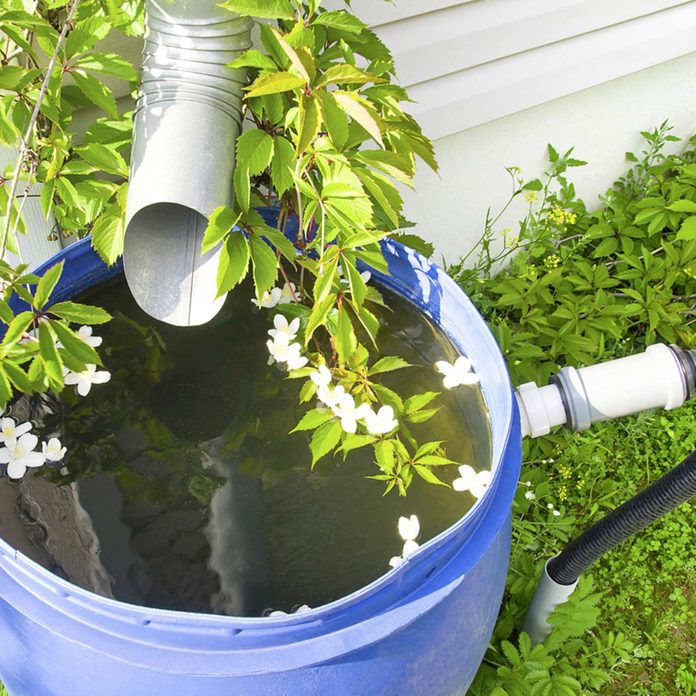
Automate a Rain Barrel to Save Time Watering
Spend less time on yardwork by attaching a rain barrel to your gutters and connecting it with a gravity fed drip line that you can wind around your plants. This will save you time and water, with the plants getting the water they need with no waste.
Curious about drip irrigation systems? Here’s a complete guide for how to install one in your yard.
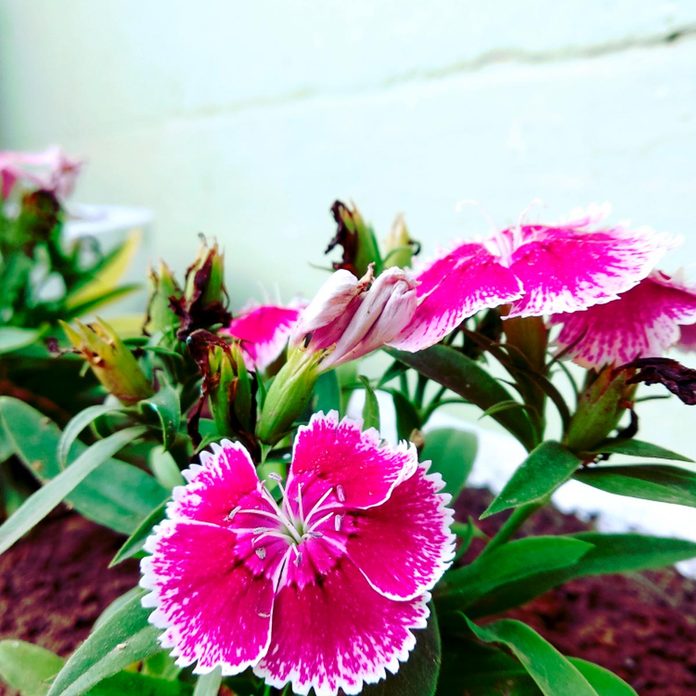
Let Your Flowers Self-Seed
Spend less time on yardwork by planting self-seeding plants. Letting plants flower and go to seed can provide seeds season after season while also supporting beneficial insects. Just let the seeds fall where they are, or toss pieces of the seed heads into the corners of your garden.
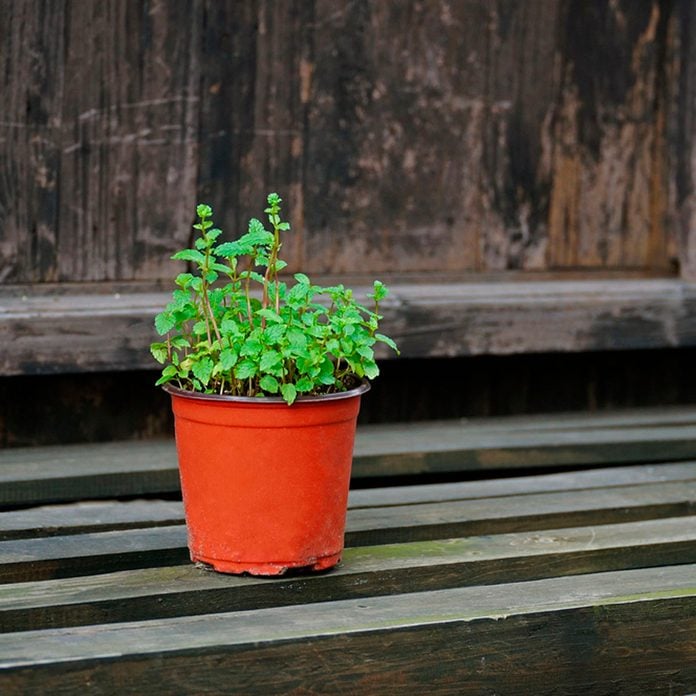
Plant Your Pots for Effortless Plant Control
If you’re concerned about plants taking over your garden, plant them right in their nursery pots. Add a little potting soil and fertilizer to the pot, dig the hole and place the pot right in the hole. Press down on the surrounding soil to stabilize the plant. Try this with plants like mint and oregano that can become a nuisance if you let them spread.
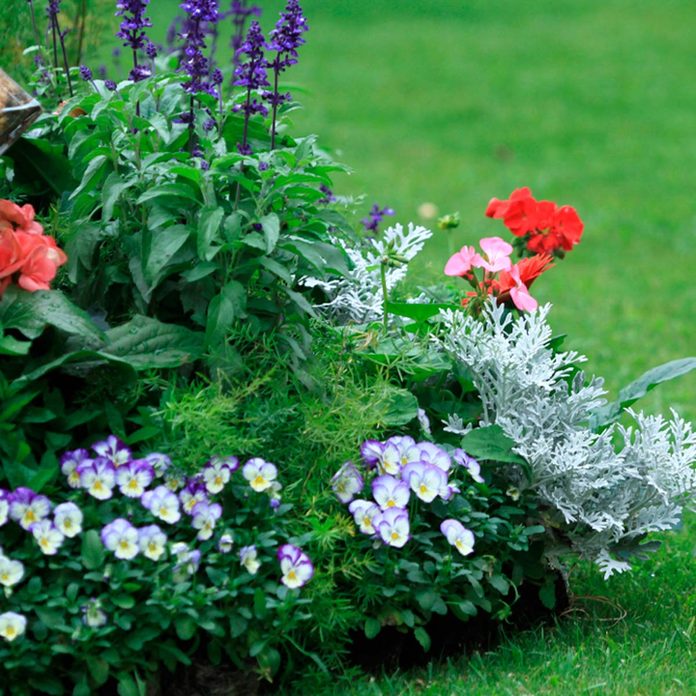
Make Mowing Easier
Mowing can be quite a daunting task, and the more intricate your landscape, the more difficult it can be to get the job done quickly and efficiently. Spend less time on yardwork by grouping plantings into beds and islands and mulching them well. This will help you to avoid mowing and trimming around individual plant.
Here are 10 handy mowing tips.

Use a Tarp
Using a tarp is a great way to make your yardwork easier and less time consuming. It allows you to move lightweight bulky debris such as leaves, weeds and even branches. You can also use the tarp to hold soil when digging a hole in order to protect the grass — just drag the pile of dirt away when you’re done digging.

Have a Tricky Slope? Switch to a Groundcover
If your backyard has a steep slope where plants struggle to grow and mowing the grass is treacherous, try planting a durable groundcover that will look good, not need mowing and will help with erosion. Many groundcovers need very little water, and are practically maintenance-free.
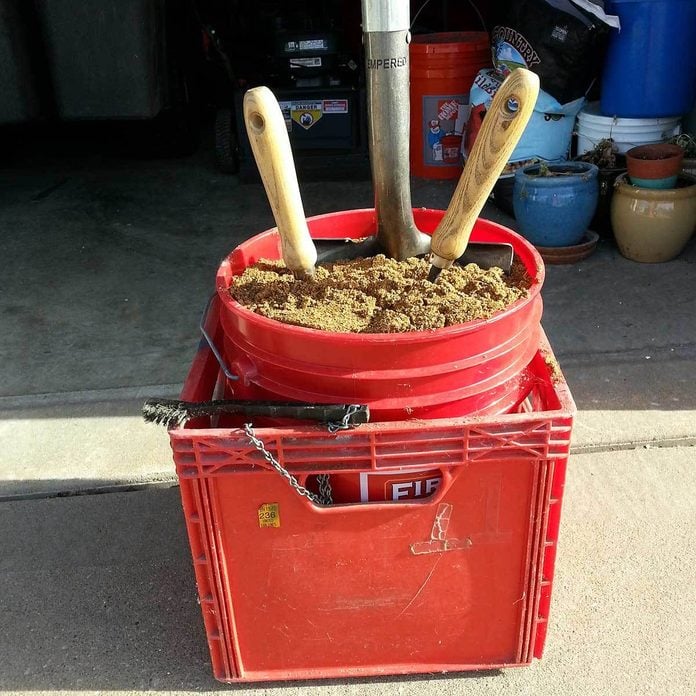
Use Mineral Oil and a Pot of Sand for Your Tools
Spend less time on yardwork by ensuring your tools are always clean and ready to go. Simply find a pot or small bucket, fill it with clean, dry sand and take several of your most-used landscaping tools and stick them into the sand. Keep them upright so they’re easy to grab when needed. After use, spray each tool with a quick coat of mineral oil and place back in the sand. The oil and sand will help clean your tools and keep them from going dull as fast.
Check out these eight projects that’ll make your backyard more fun.
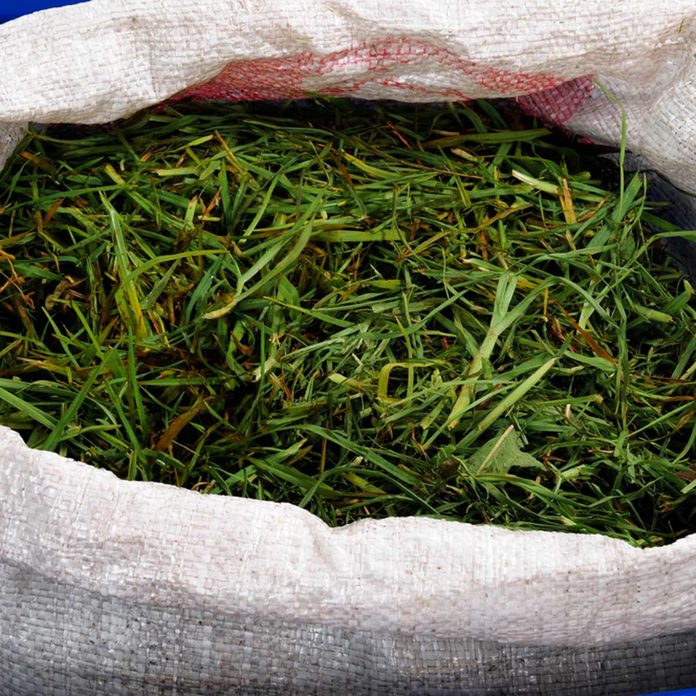
Recycle Grass Clippings
Rather than bagging and dumping grass clippings, try mulch mowing. Grass clippings left on the lawn can supply 25 percent of a lawn’s total fertilizer needs.
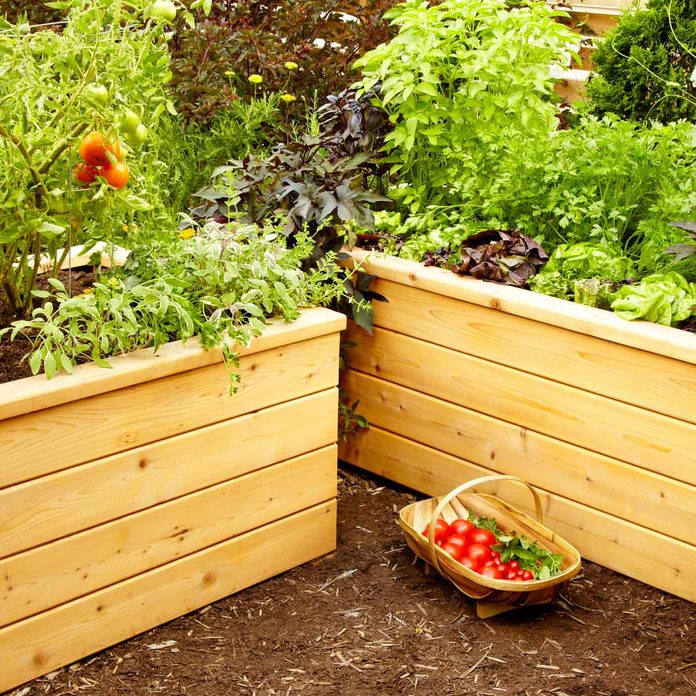
Use Self-Watering Containers
Plants in containers need frequent watering. Using self-watering containers is a no-hassle gardening technique that saves time and water. Designed to minimize water loss through seepage and evaporation, the water is preserved in the reservoir by the soil cover above it.
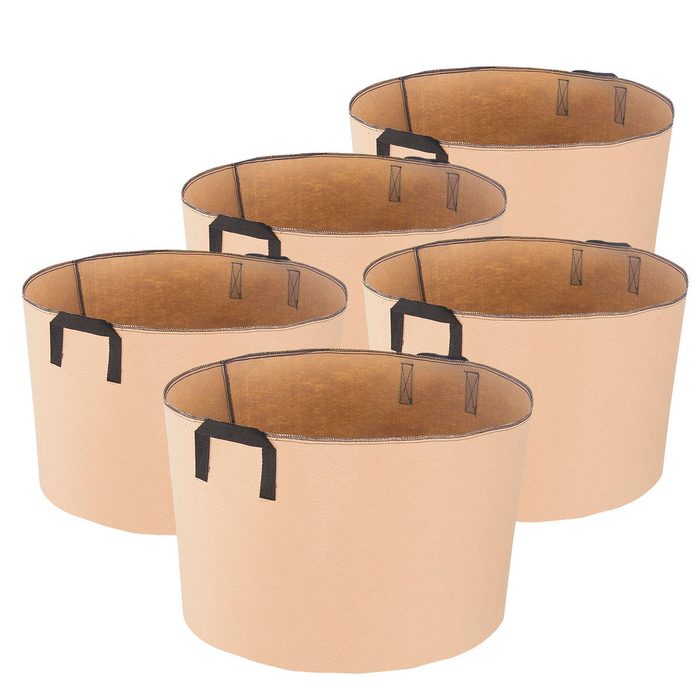
Raise Vegetables in Bags
If you’re short on space and want to save money and time, try raising vegetables in planter bags. These bags are soft, light, breathable and durable, and the sturdy handle straps ensure easy and safe moving. The bags are great for root formation — preventing roots from circling while enhancing root structure to promote healthy root development.
You may also want to check out the best herbs to grow on a patio.
Every product is independently selected by our editors. If you buy something through our links, we may earn an affiliate commission.